Humans news stories
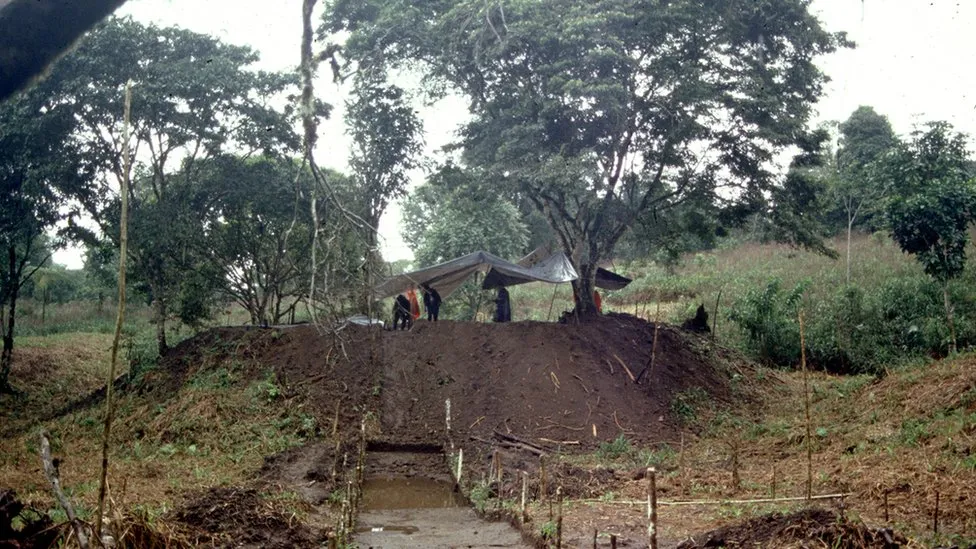
A huge ancient city has been found in the Amazon, hidden for thousands of years by lush vegetation. The discovery changes what we know about the history of people living in the Amazon.
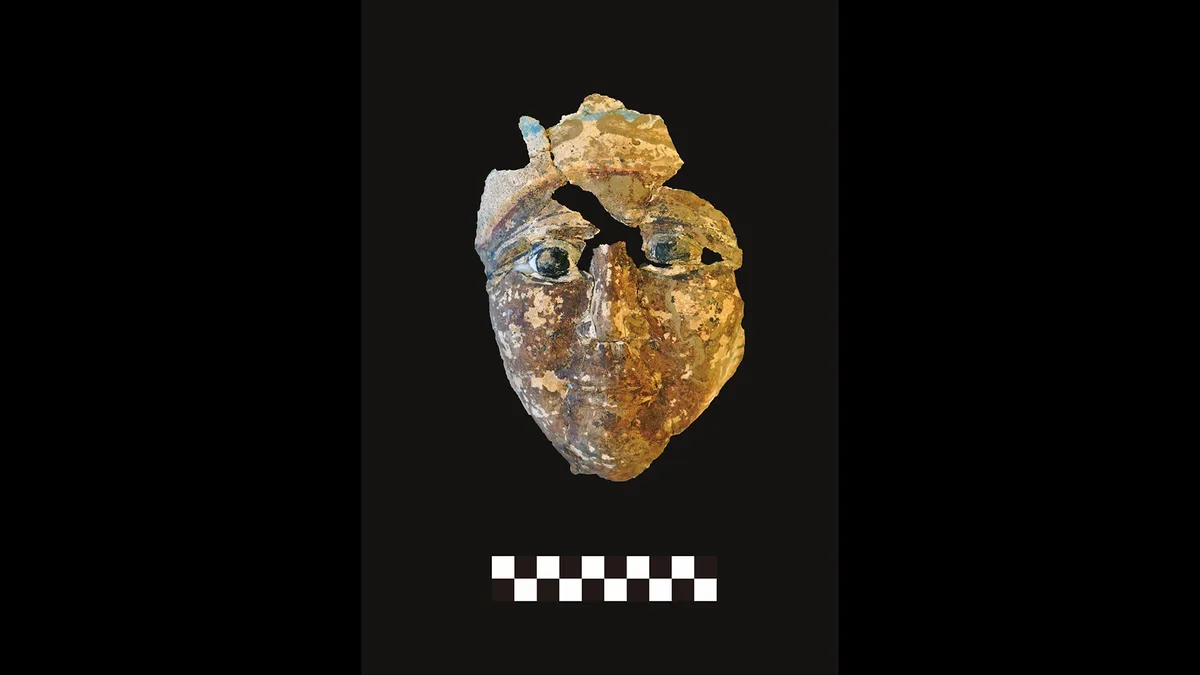
Archaeologists in Egypt have discovered a series of tombs dating from about 1,800 to 4,800 years ago, some of which contain colorful mummy masks and even the childlike statue of the god of silence.
:format(webp)/cdn.vox-cdn.com/uploads/chorus_image/image/73042304/eye_GettyImages_184418381.0.jpg)
It sounds too good to be true, but there’s serious science behind the hypothesis… For the past few years, Johns Hopkins neuroscientist Gul Dolen has been busy experimenting with psychedelics… And her groundbreaking research has found that all psychedelics have something special in common…
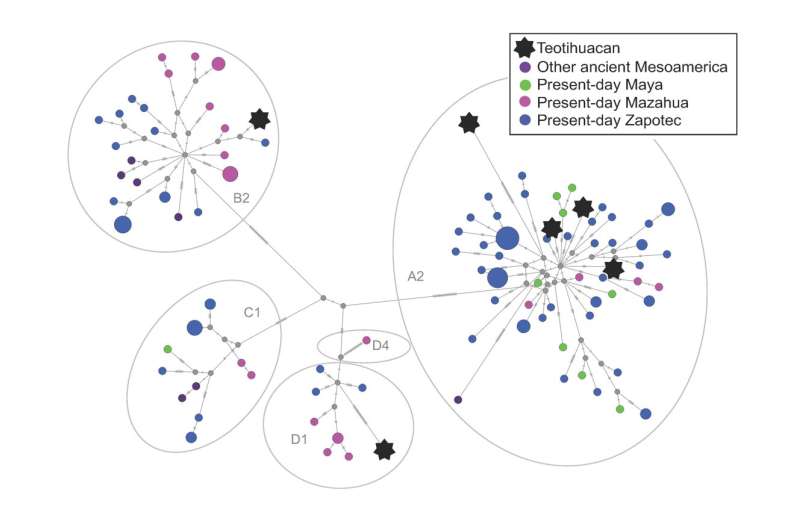
Scientists have determined the entire mitochondrial DNA sequences of these ancient Teotihuacans, revealing their genetic diversity. Additionally, this study demonstrates the dependence of Teotihuacans on maize as their primary food source. See the study here.

Gilded belt buckles discovered across Europe have revealed a previously unknown ancient fertility cult with ties across the continent, researchers believe. See the study here.

Toxins found in the skin of poison dart frogs may hitch a ride there via molecular taxicabs…But how these toxins, which help to fend off predators, make it from a frog’s intestines to its skin has been a mystery. See the study here.
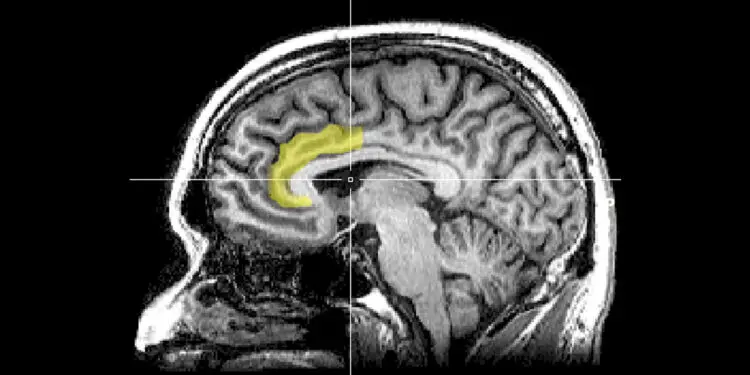
New research published in Translational Psychiatry sheds light on how ketamine, a drug known for its rapid antidepressant effects, specifically alters brain activity in people with treatment-resistant depression.
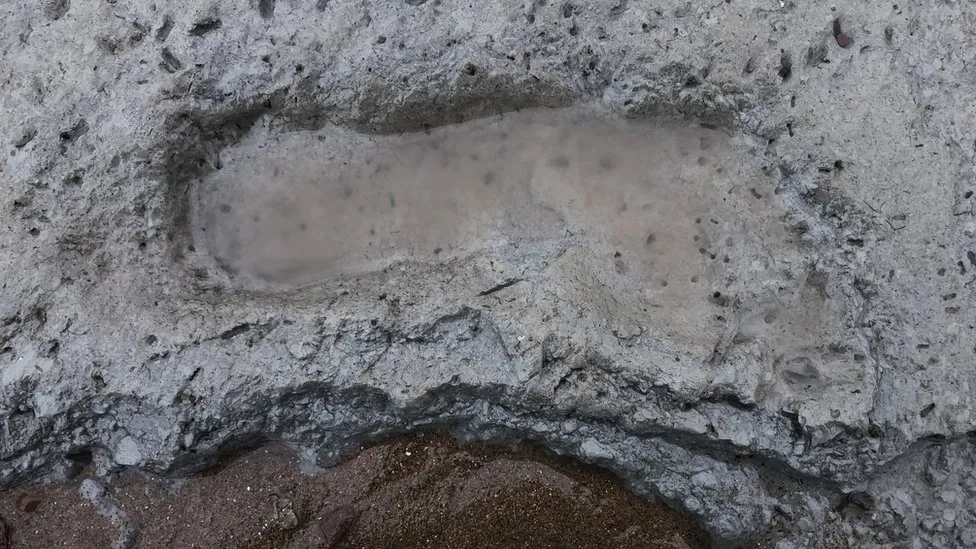
The more than 7,000-year-old fishing traps are made from willow withies woven around wooden stakes to create a V-shaped fence in the bed of a former river channel. Experts from the university believe they were probably used to catch eels and other fish.
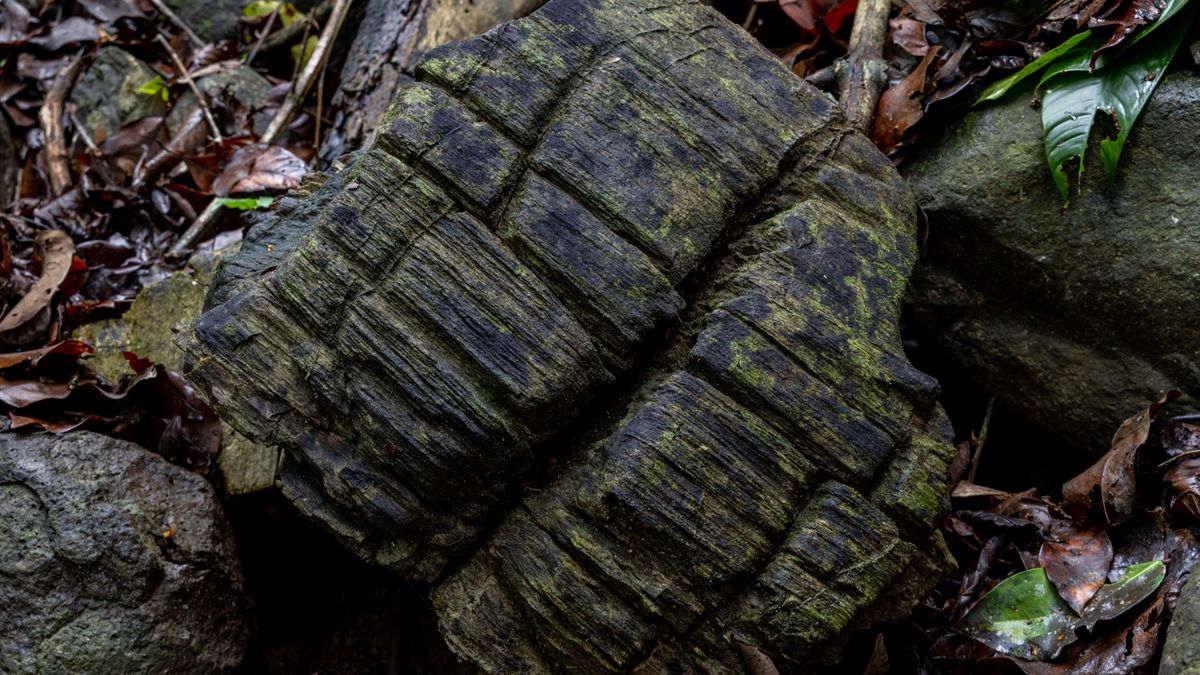
An ancient mangrove forest with trees that towered up to 130 feet high has been discovered over 20 million years after a volcanic mudflow smothered it in what is now Panama, a new study reveals.
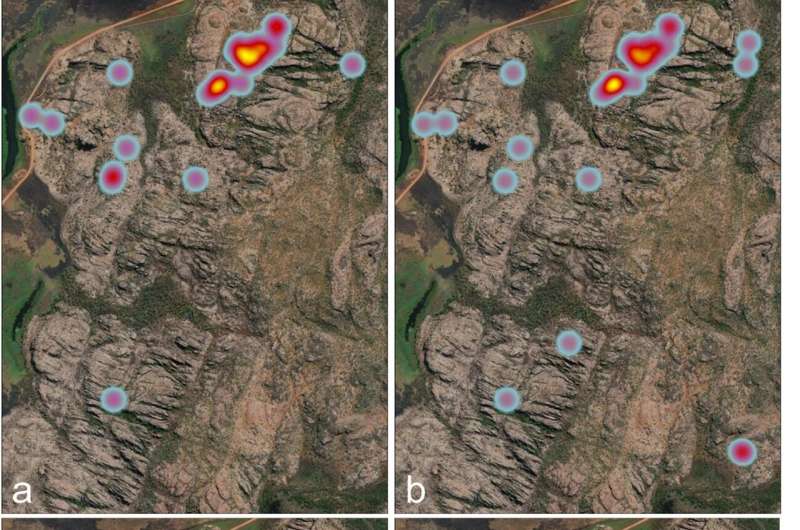
Rock art is one of the most intriguing records of the human past—it directly represents how our ancestors viewed their world…New research published in Archaeological and Anthropological Sciences uses an innovative approach to understand rock art in Arnhem Land in a fundamentally different way.
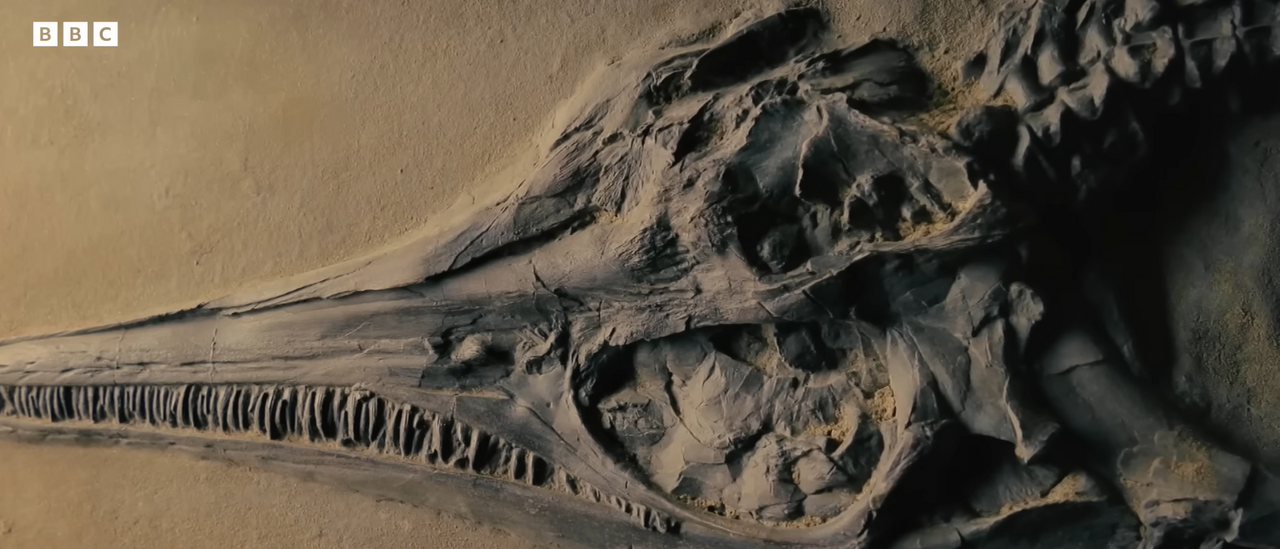
The BBC came under fire in early January for appearing to try and manipulate data surrounding the discovery of a fossil discussed in a David Attenborough documentary.

Military veterans with cognitive and psychological problems saw drastic improvements after a dose of ibogaine. See the study here.

Archaeologists say that the hill is a dormant volcano and that ceramics recovered there so far suggest that humans have been using the site for several hundred years or more. But some Indonesians, including an earthquake geologist and a president who left office in 2014, have suggested that the site may have been built far earlier by an as-yet-undiscovered ancient civilization.
In a new study published in Nature Astronomy, University of Rochester astrophysicist Adam Frank explores the links between atmospheric oxygen and detecting extraterrestrial technology on distant planets.

How does psilocybin, a psychedelic substance found in magic mushrooms, affect perception of self? A recently published study in the Journal of Psychedelic Studies found a considerable diversity of experiences by examining online posts from Reddit users who shared their encounters of gazing into the mirror while under the influence of psilocybin.

No one can know exactly, but archaeologists have found a few unexpected clues.No one can know exactly, but archaeologists have found a few unexpected clues.








